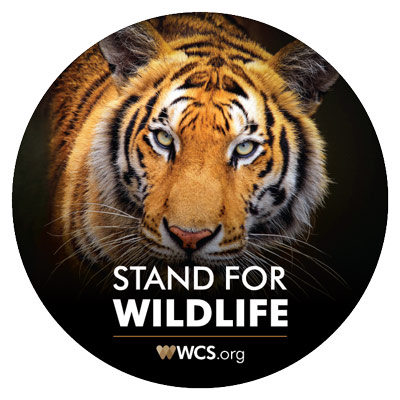Implementing the Global Biodiversity Framework
The 196 Parties to the UN Convention on Biological Diversity (CBD) adopted a landmark agreement for biodiversity and nature—the Kunming-Montreal Global Biodiversity Framework—in December 2022.
Latest Technical Recommendations (October 2023)
Our long-term goal: Maintaining and enhancing global ecological integrity
Goal A of the GBF calls for Parties to collectively maintain or enhance the integrity, connectivity and resilience of ecosystems. The inclusion of ecological integrity - the composition, structure, and functionality of ecosystems - in the GBF is a landmark recognition that the integrity, or condition, of ecosystems directly impacts their ability to safeguard biodiversity and deliver critical ecosystem services.
Overview Video: Ecological Integrity
Webinar on Ecosystem Integrity in the Post-2020 Global Biodiversity Framework
A key intervention: Conserving at least 30% of lands and of seas
To deliver on our goals for ecosystems, including their ecological integrity, species, and more, we will need specific strategies. WCS was a strong supporter of a global target to conserve at least 30% of land areas (including freshwater ecosystems) and 30% of marine areas (including our coastal environments) through area-based conservation measures by 2030.
We can’t forget: Human rights and global health are critical to GBF implementation
Section C of the GBF is clear that the entire GBF – all goals and targets – must be implemented and achieved while recognizing the contribution and rights of Indigenous Peoples and local communities, and the need to consider One Health approaches.
Sign Up for Email Updates
Get news from the field and learn about ways you can help Earth’s most threatened species.









